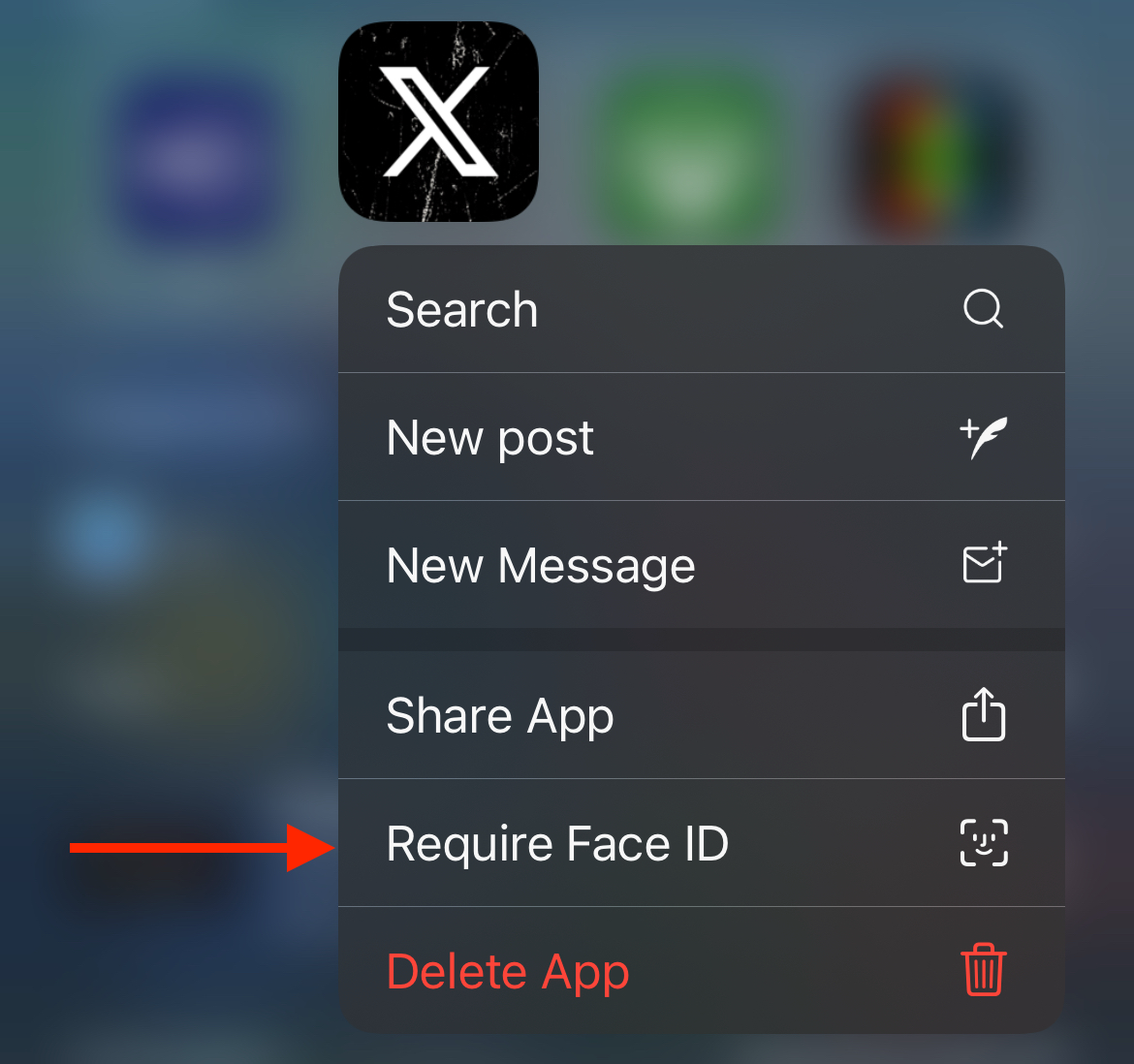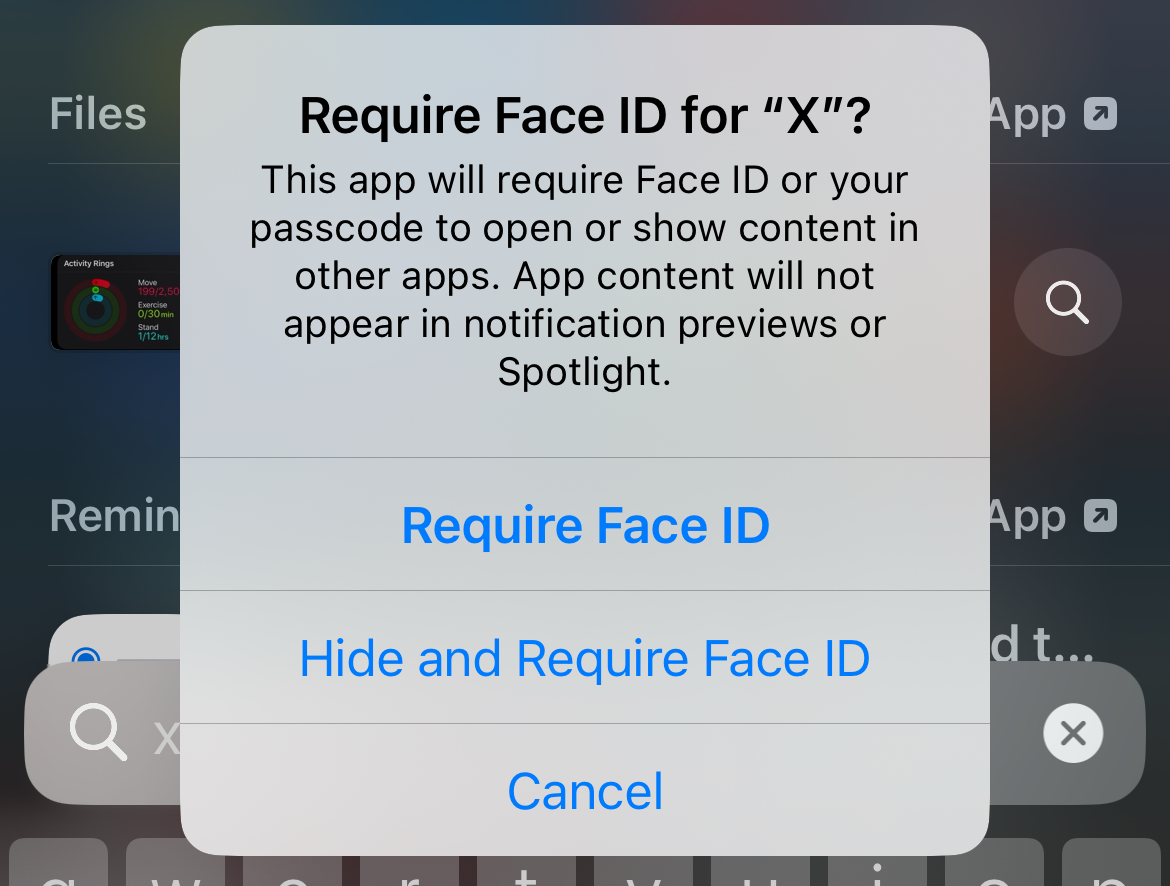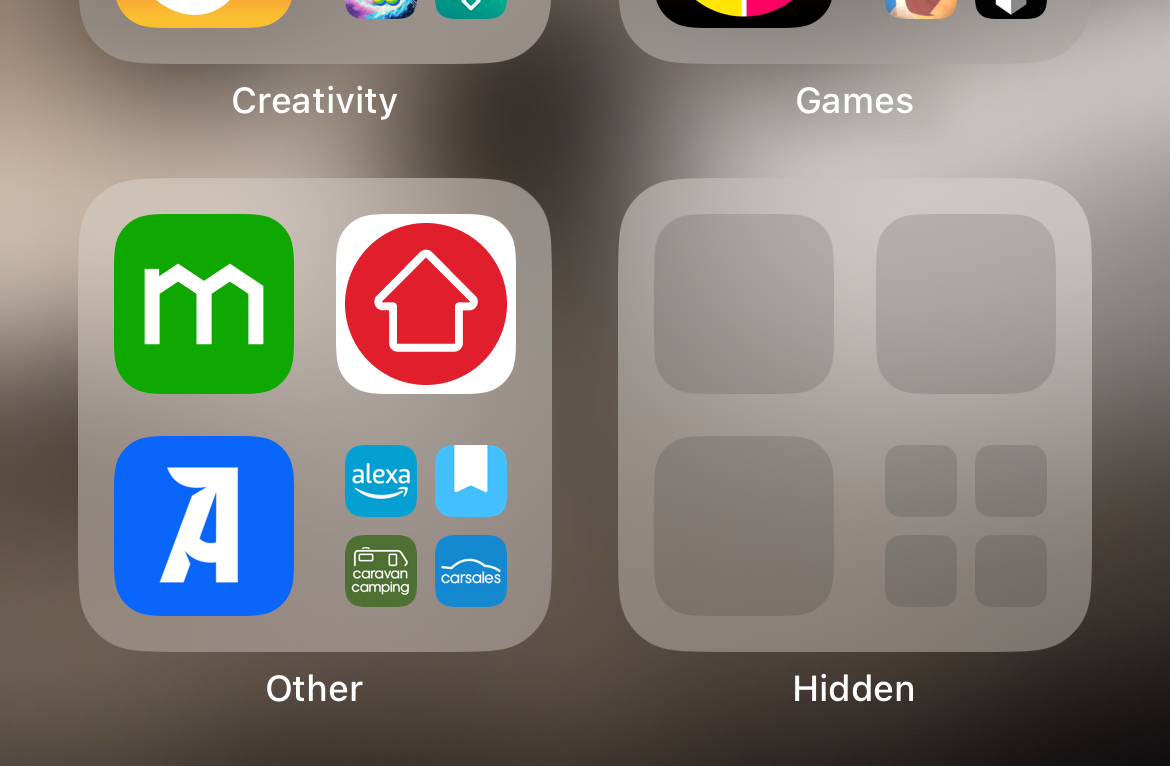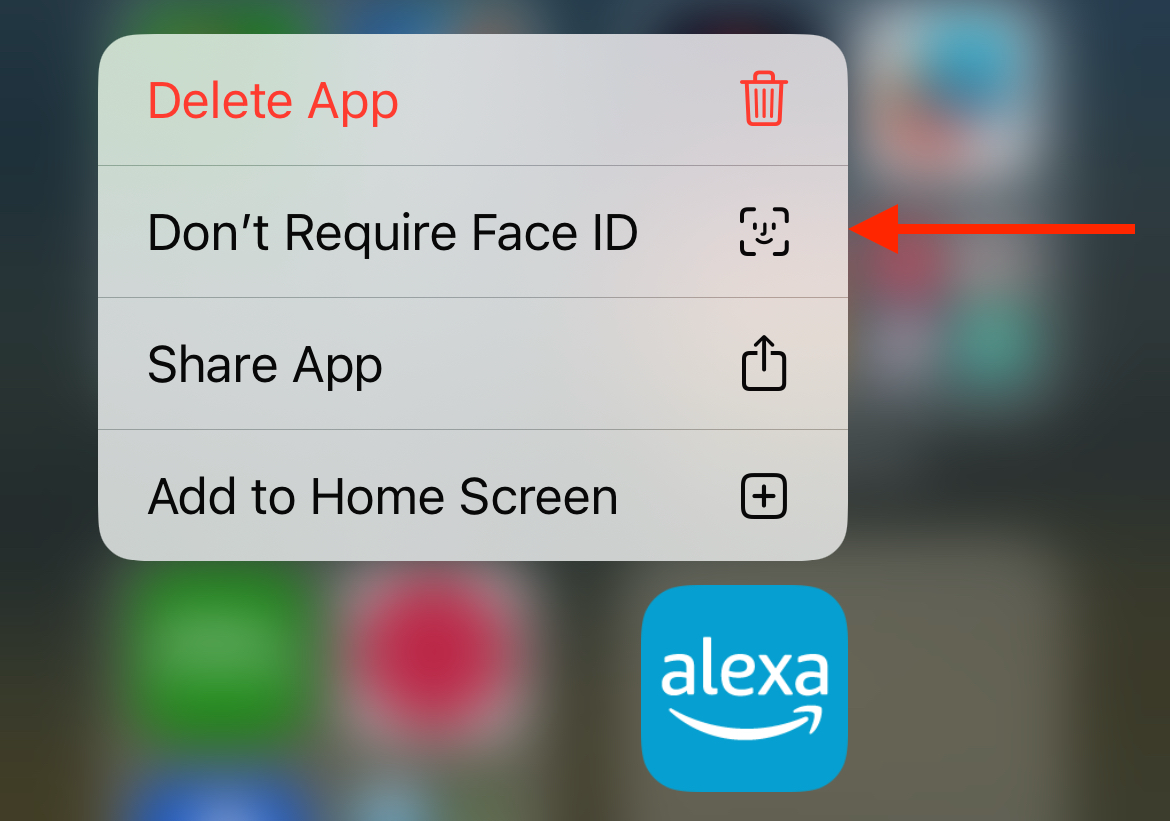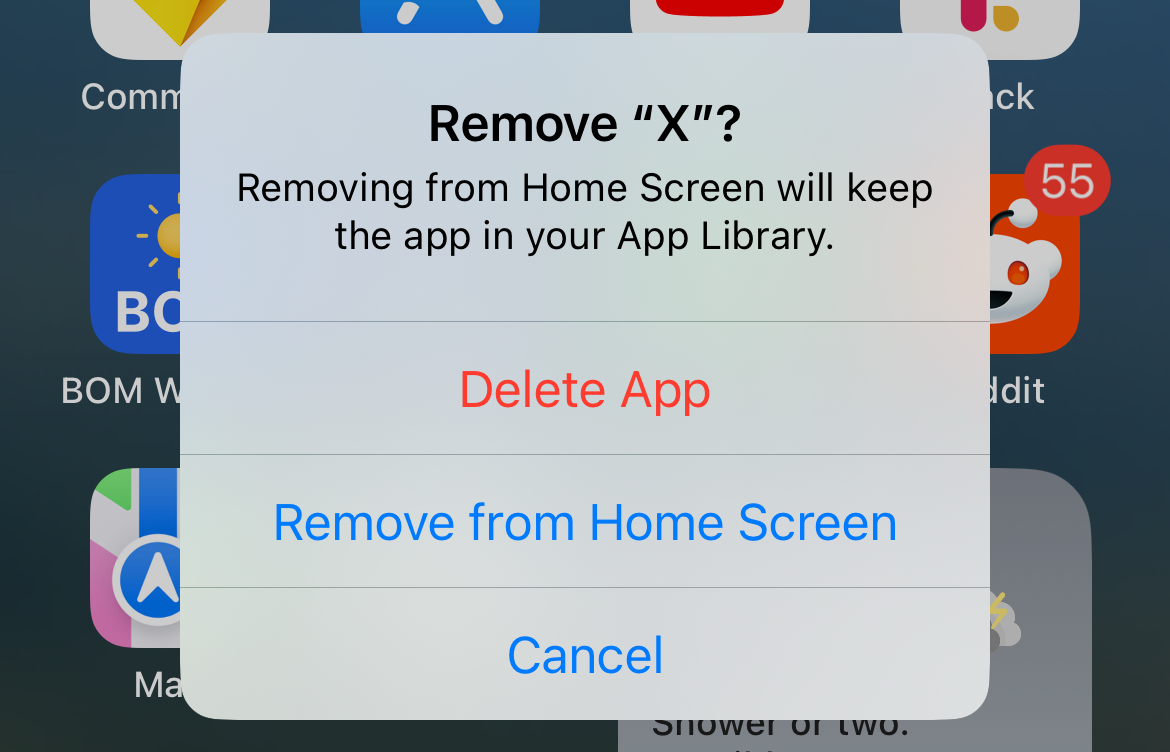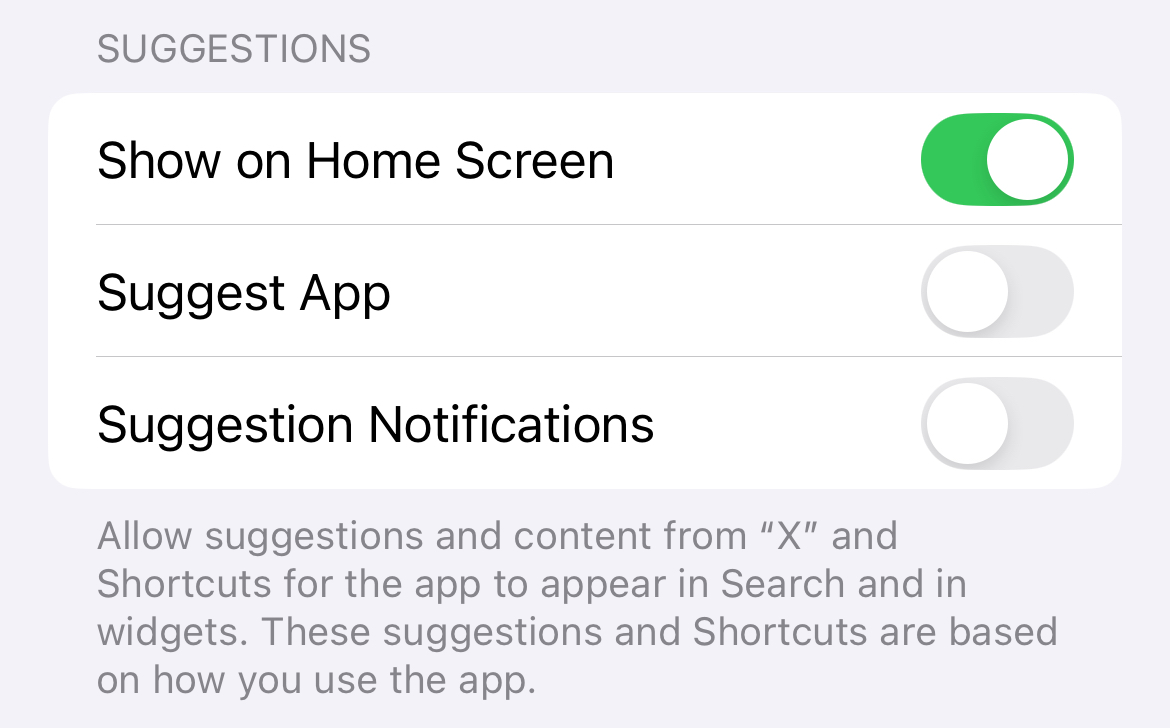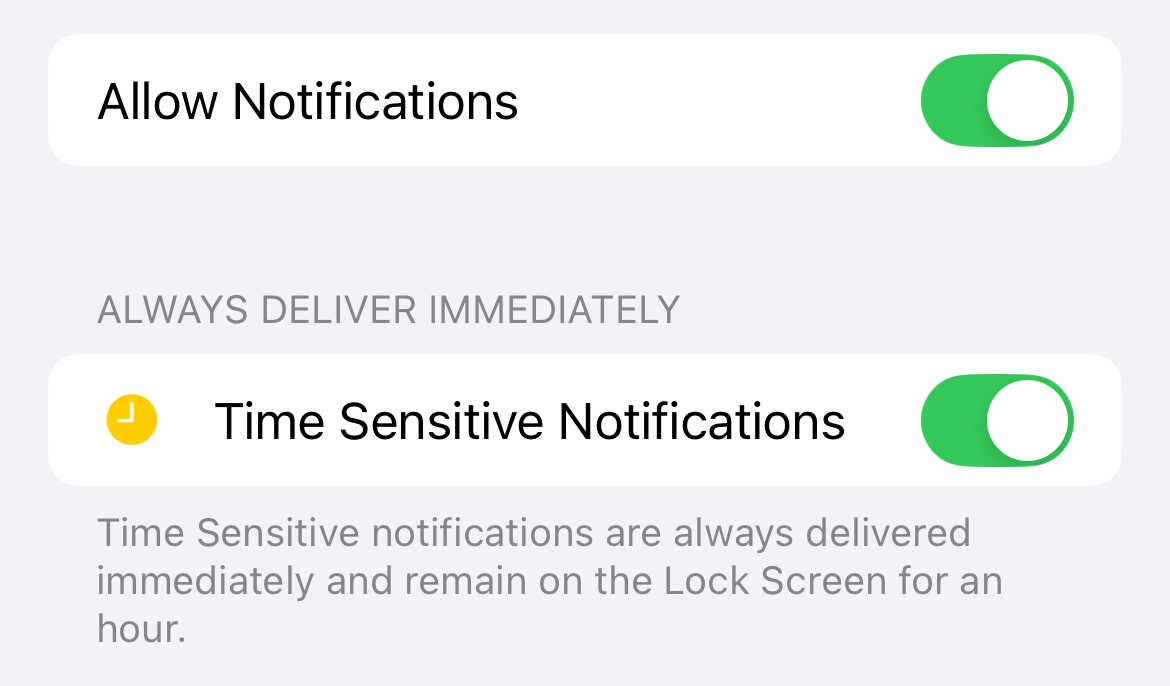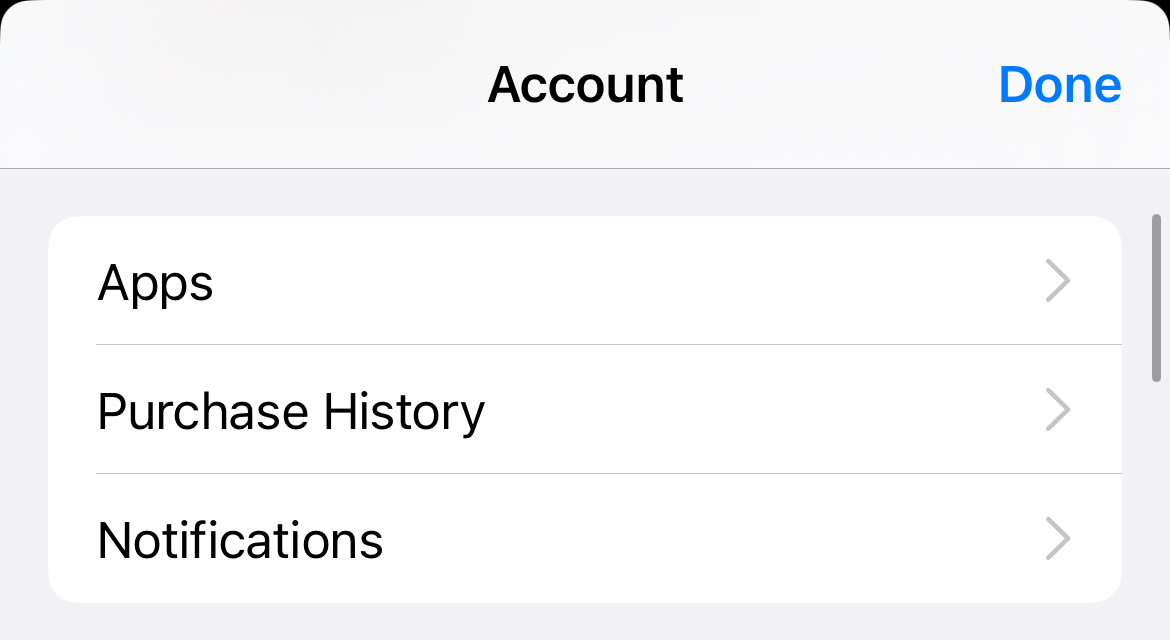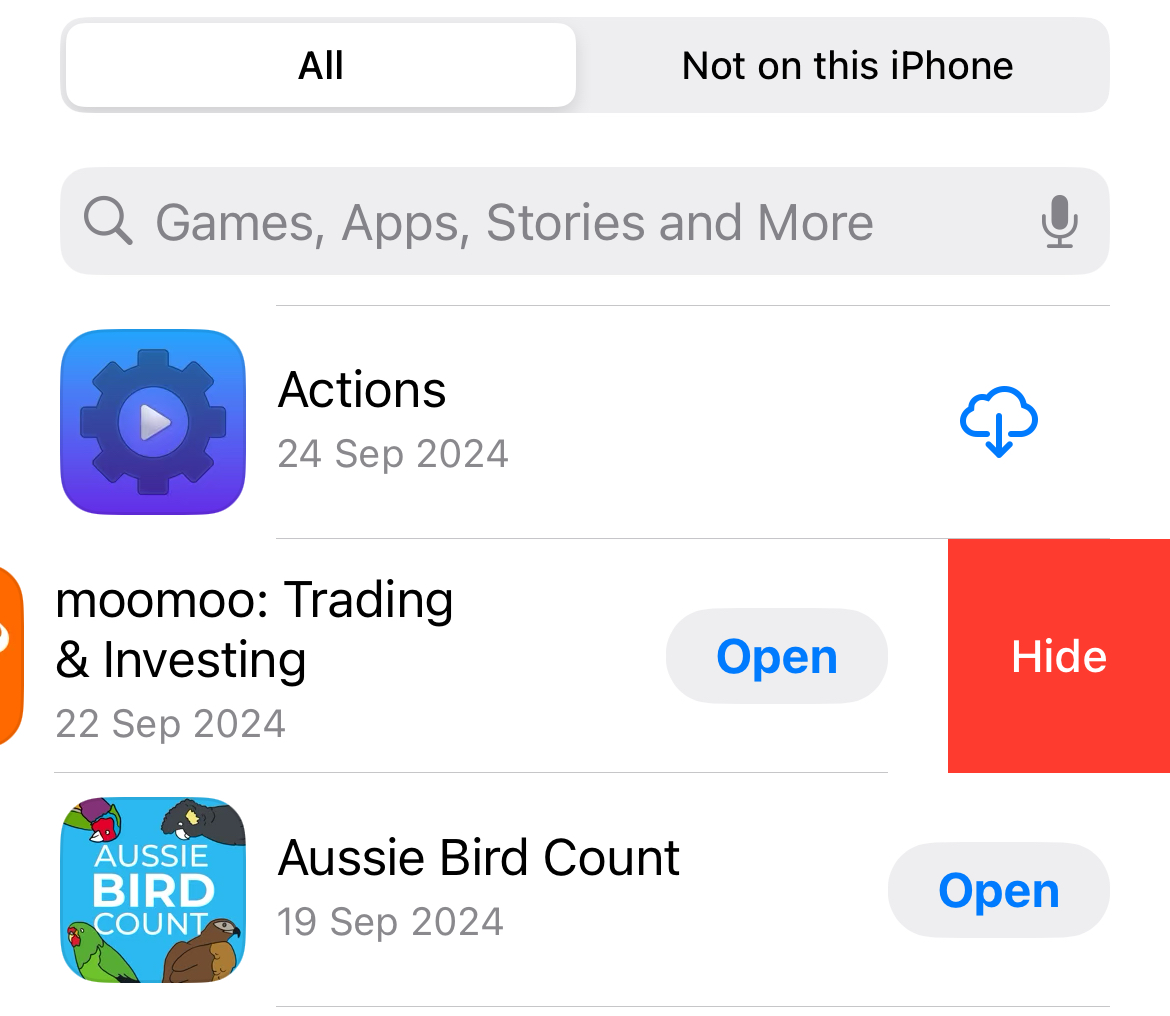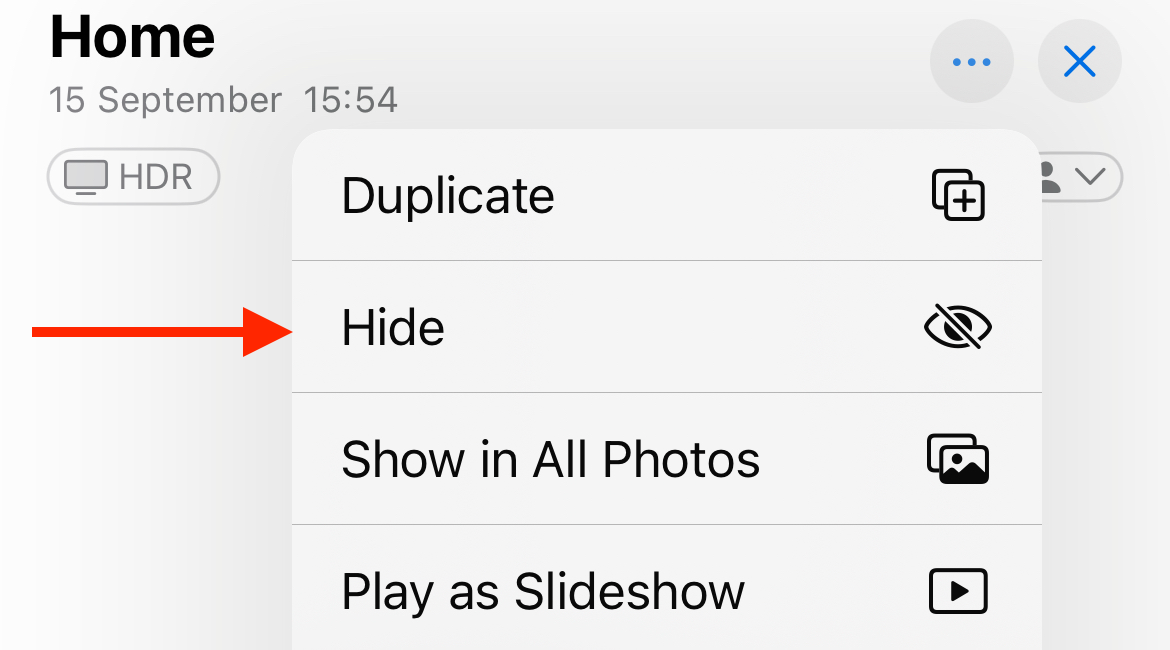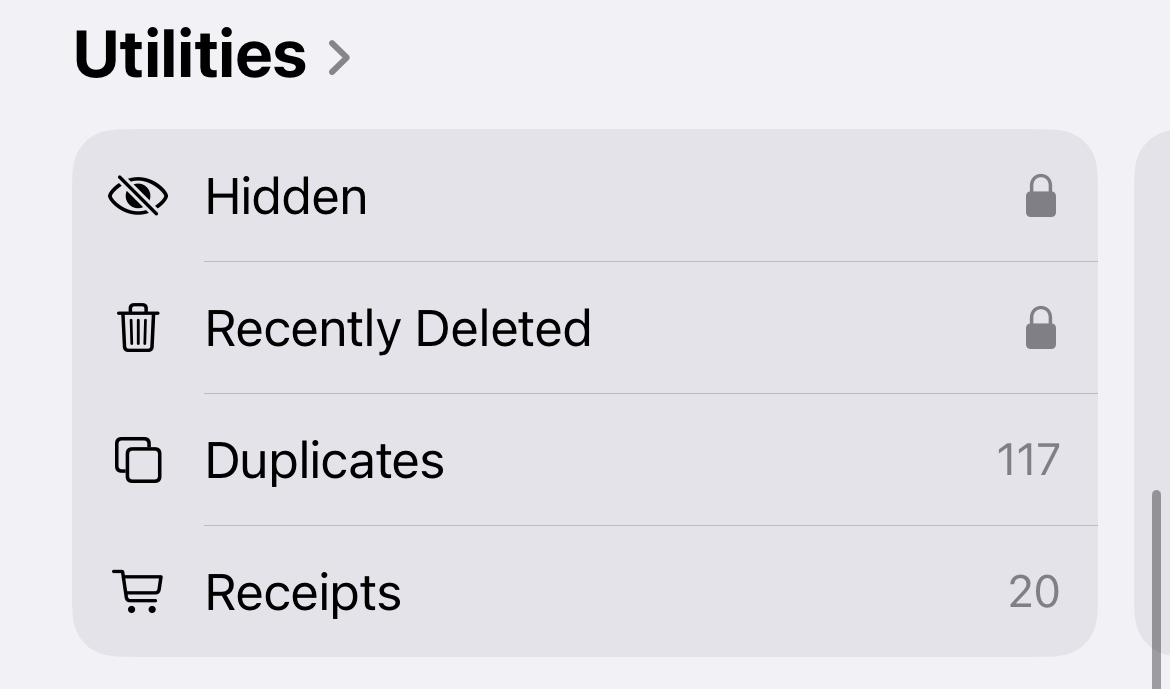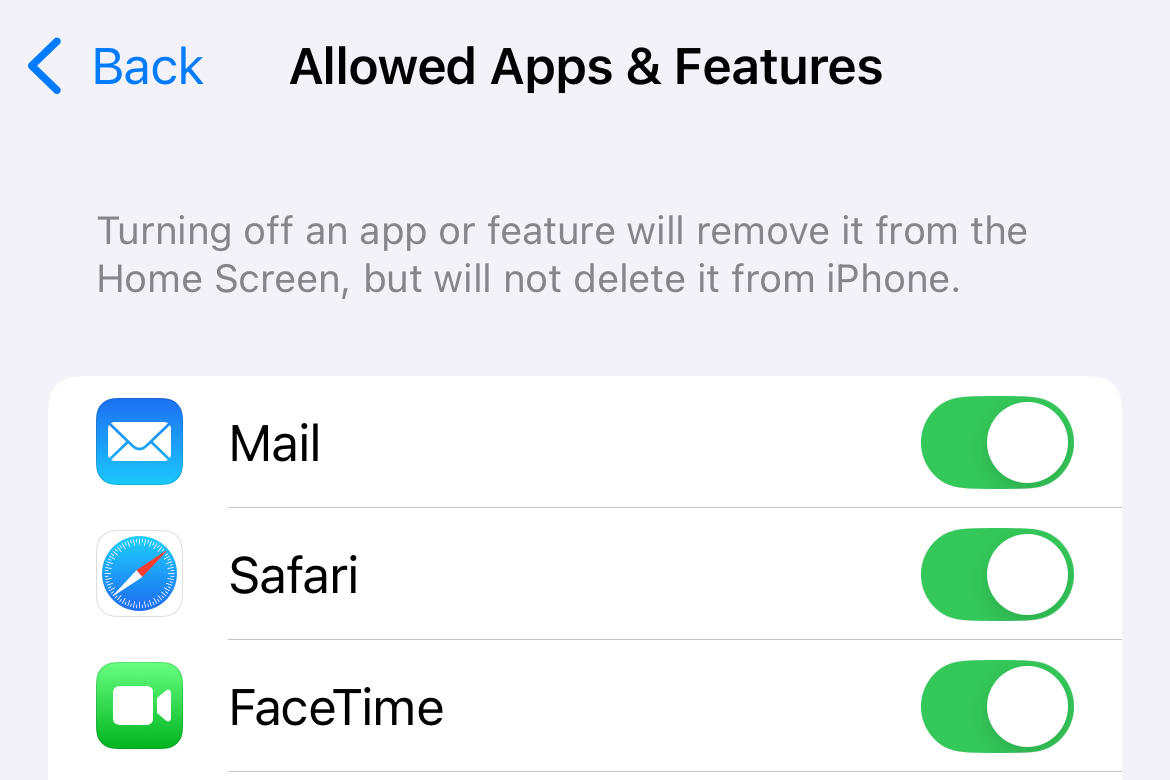Key Takeaways
- To hide or apps on an iPhone, tap and hold the app icon then use the “Require Face ID” or “Require Touch ID” option and choose “Hide and Require Face ID” (or Touch ID) when prompted.
- Hiding apps requires iOS 18 or iPadOS 18. Hidden apps won’t show notifications or appear in Spotlight, instead you’ll need to access them via the “Hidden” category in the App Library.
- Other options include removing an app’s home screen icon and using Screen Time to hide core system apps.
Hiding apps on your iPhone and iPad prevents other people from seeing or accessing them. The feature depends on iOS 18 but there are some workarounds for iPhone users that are stuck on an older version of iOS.
How to Hide an App on iPhone or iPad
As long as your iPhone or iPad is running iOS 18 (or iPadOS 18) or later, hiding an app is simple. First, find the app either on your Home screen, in the App Library, or by searching for it using Spotlight.
Now tap and hold the app’s icon and tap “Require Face ID” (or “Require Touch ID” on an iPad).
You’ll be asked if you want to simply “Require Face ID” or if you want to “Hide and Require Face ID.” The first option simply locks the app (it will still be visible on your device) whereas the second will hide the app altogether and require that you unlock it with your likeness or fingerprint.
Hiding an app means that you won’t receive any notifications from the app whatsoever, including call notifications from apps like Skype or Teams. You won’t see the app icon anywhere, it won’t show up in Spotlight when you search for it, nor will it show up under Settings > Apps.
The only place you will still see the app icon is under the individual settings panels listed in Settings > Privacy. So, if a hidden app has requested permission to your location, you’ll find it (and current permissions levels) listed under the “Location Services” sub-menu.
Accessing Hidden Apps on Your iPhone or iPad
Apps that you have hidden will appear in a new collection within the App Library. To access these apps, swipe left until you reach the App Library and then scroll down to the bottom of the page.
You will find a “Hidden” category, which will appear blank. Tap on it and authenticate with Face ID or Touch ID to see your full list of hidden apps.
From here you can tap-and-hold an app icon and then choose “Don’t Require Face ID” (or “Don’t Require Touch ID” on an iPad) to unhide the app. You can then add the app back to your Home Screen to make it easier to access.
“Hide” Apps By Deleting the Home Screen Icon (iOS 17 and Earlier)
If you don’t want to fully hide an app or your device isn’t compatible with iOS 18 or iPadOS 18, you can instead hide an app from your home screen and access it via the App Library or search feature. It will still be visible if someone digs into this menu or searches for it using Spotlight, but it won’t appear on your home screen.
To do this, long-press an app’s icon on your home screen. Tap “Remove App” and then select “Remove from Home Screen.” You can choose to have your iPhone or iPad automatically place new app icons in your App Library and not on the home screen (a great way to avoid home screen clutter).
If you go this route, there are a few other tricks you might want to use:
Exclude Apps from Search and Siri Suggestions
Siri Suggestions appear on the Today screen and next to the Spotlight search field on your iPhone or iPad. If you use search to find apps regularly (and you should—just pull down on your home screen to reveal the search box), the app you want to hide might be suggested from time to time. Or, it might surface when you search for other apps.
If you use an app a lot, Siri will frequently recommend it. Apple’s assistant will also learn from the app and make suggestions across other apps. When you hit the “Share” button in one app, you often see a list of recommended destinations that Siri has learned based on usage, for example.
Head to Settings > Apps and find the app you want to “hide” from the long list of installed apps on your device.
Tap “Siri” under the app’s settings and disable “Suggest App” and “Suggestion Notifications.” You may want to disable “Learn from this app” if you’d rather bury the app entirely.
Under the app’s settings, tap “Search” and disable “Show App in Search” and “Show Content in Search” to remove the app from Spotlight listings entirely. You’ll need to find the app manually to launch it if you go this route.
Disable App Notifications
An app’s notifications still appear even after you exclude it from Siri and search suggestions. Head to Settings > Notifications, and then scroll down until you find the app. Tap it, and then disable the “Allow Notifications” option to prevent the app from showing any notifications on your phone.
You can also choose to hide notifications from the lock screen and disable banners. If you leave “Notification Center” active, you’ll only see notifications for an app when you manually check for them. If you’re serious about hiding an app, it’s best to disable all the settings.
Hide Apps from Your App Store History
If you hide or even delete an app from your iPhone or iPad, Apple’s App Store will still remember that you downloaded it. It’ll appear in your App Store purchases list, even if the app was a free download.
The good news here is that you can hide all apps (free and paid) from your history. To see a list of previously purchased apps, first, launch the App Store and then tap your user icon in the top-right corner. From there, select “Apps” to see a list of “All” and “Not on this iPhone.”
You can now scroll through a list of the free and paid apps you previously downloaded. To hide one, swipe left on it and tap “Hide” to make it disappear. You can also search for any specific apps you want to hide using the field at the top of the screen.
Once you hide an app, it disappears. If you want to download it again, you’ll have to tap “Get” and reauthorize it, rather than tapping the iCloud download icon as per other purchased apps.
Hide Photos and Videos in the Photos App
If you want to hide an image or video from your Photos library, you can do so without any extra software.
To do this, find an image or video that you want to hide then tap on the ellipsis “…” icon at the top of the page. Choose “Hide” in the menu that appears and the item will be hidden from view.
You’ll now be able to find hidden items in the “Hidden” album that you can find under “Utilities” by scrolling down in the Photos app interface. This album is protected by Face ID (as is the “Recently Deleted” album) and the number of items within it is obscured with a padlock icon.
For improved privacy. disable the “Show Hidden Album” option under Settings > Apps > Photos. If you do this you’ll still be able to hide media using the steps above, but it will appear as if no hidden items are on your iPhone at all (you’ll need to toggle this option back on to browse the album).
Hide Core System Apps via Screen Time
Screen Time is Apple’s tool for managing how much time you spend on your device. The service also incorporates parental controls, some of which you can use to make changes to the way your device functions.
Screen Time can hide certain built-in system apps, including those that can’t be hidden using the “Require Face ID” option (like Safari). Head to Settings > Screen Time, and then tap Content and Privacy Restrictions > Allowed Apps & Features and then disable any core system apps you want to hide.
After building a brand around the notion of privacy and security, it took a surprisingly long time for Apple to introduce proper app hiding and locking with iOS 18 (and Hidden Album protections before that).
Thankfully, the iPhone and iPad have never had so many features to reassure the privacy conscious. If you’re particularly concerned, remember to use the Privacy Report feature under Settings > Privacy & Security > App Privacy Report to see how apps are tracking you.


